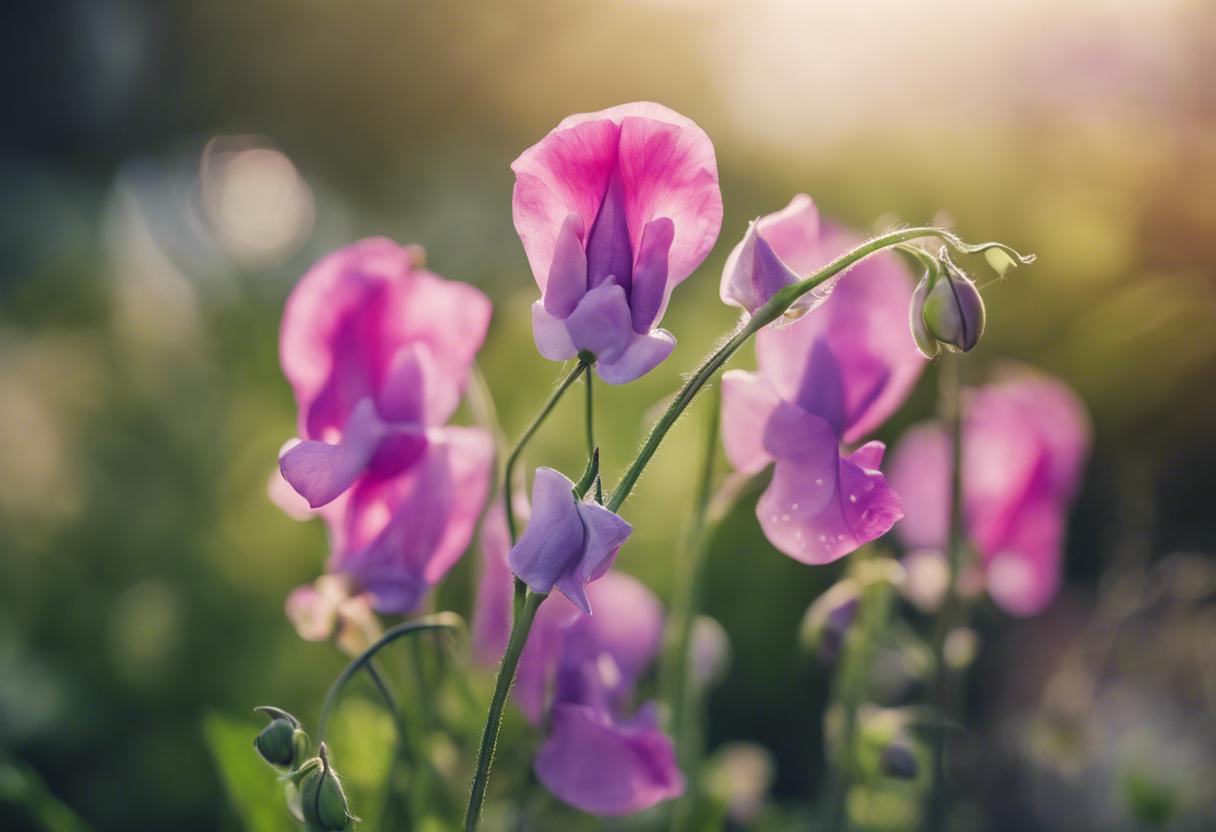Question: This summer, I had a delightful time cultivating sweet peas and adorning my home with their exquisite blossoms. The plants have reached their end, and I intended to dispose of them on my compost pile but noticed numerous pods remained. Is it advisable for me to collect these seeds and plan to sow them the following spring, or should I purchase fresh ones? – Mary K, Waterford
Answer: Cultivating your own sweet pea plant is indeed a delight of the summer garden, not just for their aesthetically pleasing blooms and powerful fragrance that has the ability to engulf a room. Conveniently, it is completely feasible to reserve the seeds at home to nurture a new generation of these floral beauties and fill your garden with their aromatic blooms next season. The process of pollination in sweet peas typically happens internally, even before the flowers have bloomed, hence, the resulting blossoms should bear a strong resemblance to those of the parent plants.
Ensure the seed pods have fully matured before you collect them. They should display a light golden-brown shade and have a dry and solid feel, while the seeds within should be brownish-black and tough. For preservation, store them in a sturdy paper bag or envelope and keep them in a temperature controlled, dry, and dim, rodent-protected area until you’re prepared to use them.
To ensure optimal germination, pre-sprout or “chit” the seeds by placing them on damp kitchen paper within a sealed transparent plastic container, kept in a well-lit cool room for few days. Make sure to briefly open the lid daily, to let in fresh air. Upon sighting the embryonic root radicles and sprouts, delicately transplant every seed into its individual small, deep pot, or a root trainer filled with good quality seed compost. Lightly top them with another layer of compost, thoroughly water them, then place them in a cool, frost-free, well-lit, and rodent-proof space, preferably on a table or a propagating bench. A few protective layers of fine netting will aid in deterring mice from pinching the seeds, which they are highly attracted to.
As you may already be aware, this robust annual plant typically lives for a duration of no more than a year. Seeds can be planted either in late October or the beginning of November, or early spring. In both scenarios, the plants will flower the succeeding summer. Planting the seeds in the autumn results in plants that are hardier, bloom sooner, and have more flowers. However, care must be taken to shield the young plants from temperatures that drop below -4 degrees and from threats such as slugs, snails, and rodents. Consequently, it’s recommended to grow them in root trainers in a well-lit, cool place during winter, under the protection of a frost-free greenhouse or polytunnel. They can then be moved to their final growing locations in the latter part of March or early in April. To ensure their best possible growth, place them in a warm, shielded, sunny location and rich, deep soil. Furthermore, safeguard the young plants from the cold by covering them with a layer of Enviromesh.

